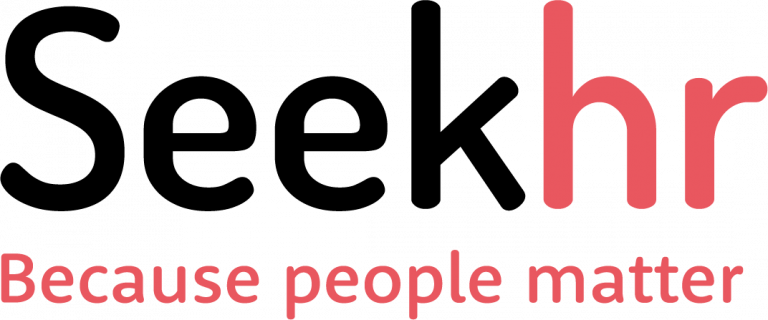The joys of a new employee can quickly come with the strain of mountains of paperwork and endless amounts of checklists. With 69% of employees more likely to stay within a company for three years if they experience a great onboarding process, getting this right is as crucial as ever, particularly if you’re a start-up with high growth plans. Ensuring new employees feel welcomed, valued and supported from the get-go is so important, but can so easily be done wrong.
Leaving new team members to ‘just get on with it’ is definitely not the best way to onboard your newest recruit. It’s important that every new member of staff understands your brand, the culture and expectations in the short and long-term, something that can’t be learnt by diving straight into the work.
With this process often being the decider between settling in successfully or running a mile for the nearest exit, read below to find how to perfect your new employee onboarding process.
#1 It’s all about forward-planning
It’s never too soon to start thinking about your onboarding process. From the minute you post ‘We’re Hiring!’ across all national job boards, you should begin to set your plans in stone to ensure a smooth transition into your organisation.
As soon as the job offer has been accepted and the signature has been marked on the dotted lines, you have begun ‘onboarding’, and your previous forward-planning can fully get underway.
The only difficult thing – remembering everything! From holding a meeting before the new employee starts to ensure nothing is forgotten, to working with the tech department and office manager to set up the workstation, ensuring it’s fully equipped and functioning, there are lots of things that can be done before the first day. Don’t forget to send an intro email to your business so they are aware of who he/she is before they start (which will hopefully act as a prompt for them to say hello!) Small things such as adjusting company organisation charts and ordering business cards, to more time-consuming components, such as putting together a detailed and engaging new starter checklist, will make the arrival of your new starter stress-free and efficient.
#2 Prioritisation is key
Finding and sourcing the best pool of talent around can be difficult, but what’s even more difficult is retaining that talent. Understanding the employee experience and always thinking one-step ahead is imperative in safeguarding they stay and succeed with you and your company. A study conducted by Jacob Morgan in 2017 found that companies who invest in the employee experience are four times more profitable than those who don’t.
A great way to really perfect the process is by putting yourself, the Hiring Manager or Director, in their shoes. We’ve all been the newbie at some point in our lives, so how did you feel when you first started? Have you ever had a bad experience that you now have eradicated from your onboarding process forever? Or have you found some elements helpful in aiding your process? A great idea would be to survey recent new starters to find out what they think of the existing process for a more personal, direct response.
When designing your checklist, think about how you can make new starters feel comfortable and completely supported. Remember – it can be just as daunting starting in a tight-knit, small start-up as it is joining a large, corporate firm.
Here are some points you may want to consider:
- Share employee success stories to add that personal touch
- Share the great incentives you and your team do together. For us at EP, our quarterly bashes have ended up white water rafting, clay pigeon shooting, and renting a box at the races!
- Share fascinating facts about the story behind the brand
- Put in the diary lunch with the entire team on the new starter’s first day. We have enjoyed the likes of the very best steak at Flat Iron in Covent Garden, to everyone’s guilty pleasure, a very cheeky Nando’s!
#3 Keep it plain and simple
A mixed bag of personalities is the perfect recipe for a productive, collaborative team. Such different personalities mean people approach new roles in different ways. Regardless, handing over a complicated and complex new starter checklist can be daunting and off-putting for any personality.
A clear and concise manual is critical, something that only contains the essential information to get your new starter well on their way. With an easy step-by-step guide to follow, accompanied by checklist points after each passing week, it will ensure the process is effective for both the new starter and yourself as the employer. How this is accomplished is down to you – but it should not be clouded with any content that has no value or benefits at this point in time.
It is important to consider how you differ your onboarding process for those entering the business at different seniority levels. Joining the team as a manager with over 6 years’ experience in the industry, compared to starting as an associate or executive after just leaving university, the onboarding process will inevitably be slightly altered. As a manager, the checklist will be more detailed and have more of an inside scoop on the business. However, the rules still apply all the same – try to keep the information as condense and as simple as possible.
#4 Don’t stop after week one
Keeping your new starter included and supported doesn’t stop after the first week in their new role. Set weekly meetings to check they are on track and hitting all targets. Arrange a formal progress meeting after the first couple of months with managers and senior leaders. This gives everyone the opportunity to provide feedback and review valued work that may have been completed.
This is also the perfect chance to act promptly if things aren’t working out for both parties. It’s in everyone’s best interest to take the most suitable action sooner rather than later.
Overall, the onboarding process is business critical, no matter what size or industry your organisation operates in. The hiring process is stressful in itself, so when all your time, money and efforts on your new starter goes down like the Titanic when they leave after the first week, it is always frustrating! Focusing efforts on planning your onboarding process, keeping it simple and straight-forward, will help you reap those retention rewards!
Remember, plain sailing is key!
***
Are you an EA, PA, or business support professional looking to take your career to the next level? Executive Partnerships can help. We’re a specialist recruitment agency working with leading companies and organisations to connect them with talented staff. Learn more at www.executivepartnerships.co.uk.





